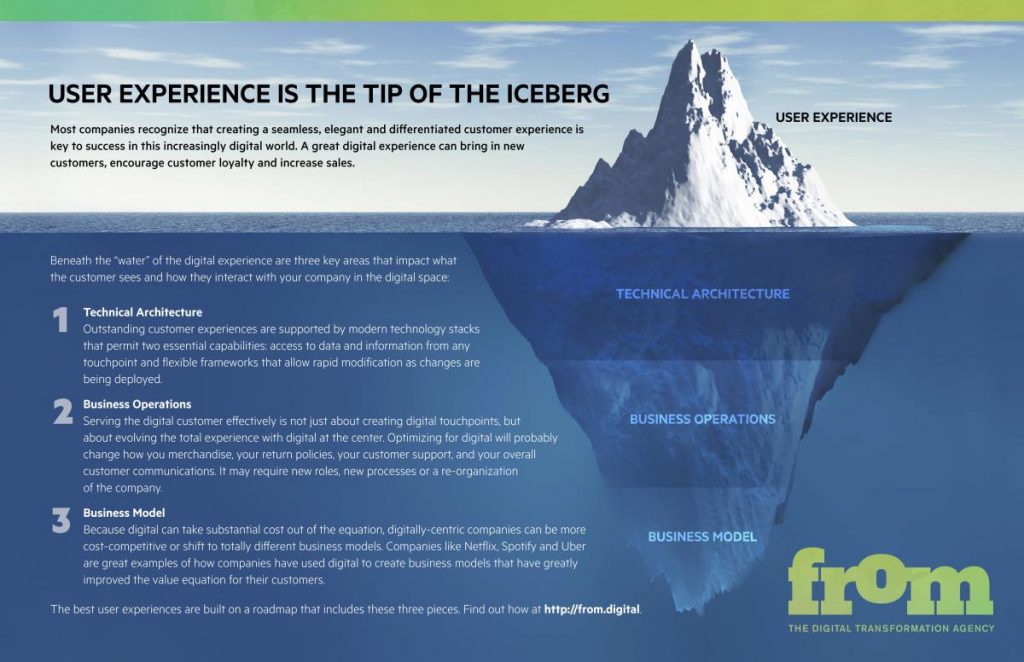
GUEST POST from Shep Hyken
What is customer engagement? A Google search will provide plenty of definitions to consider. Here are a few to give you a clear understanding:
- Qualtrics defines it as “the emotional connection between a customer and a brand.”
- A recent Forbes article defines it as “building relationships with customers at every touch point.”
- Wikipedia offers numerous definitions from multiple sources, including this one from Forrester from 2008: “creating deep connections with customers that drive purchase decisions, interaction, and participation over time.”
All of these (and more) are correct. They work. As a modern marketer, the new question is about how to deliver on the foundational definition of customer engagement using current tools and technology.
I had a chance to do an Amazing Business Radio interview with Spencer Burke, SVP of Growth at Braze, a customer engagement platform that offers messaging solutions to multiple communication channels. We discussed the innovative ways marketers and customer experience (CX) leaders are taking customer engagement to new levels.
Burke simplified the marketing and customer engagement definition to four words: connecting brands to consumers. That’s really the job of a marketer. The result is that customers want to buy, come back and buy more.
It may sound simple, but there are obstacles to the optimal customer engagement experience. According to Burke, “Marketers have a lot on their plate. It’s not easy to be creative when there’s an emphasis on Key Performance Indicators (KPIs) and time-draining routine tasks.”
To support this statement, Burke shared findings from the 2024 Global Customer Engagement Review, in which Braze interviewed 1,900 marketing decision makers to learn about challenges and opportunities in the marketing and CX industries.
Marketing used to be about finding creative ways to engage with customers, but today’s marketers are burdened in four areas:
-
- Too much emphasis on KPIs: Forty-two percent of marketers surveyed felt KPIs inhibit a focus on creativity. Numbers/KPIs are important. After all, you can’t manage what you don’t or can’t measure (Peter Drucker). But if they get in the way of creativity, then consider pushing the numbers aside for a moment—or maybe just focus on one or two KPIs.
- Too many routine tasks: Forty-two percent feel too much time is spent on “business as usual execution and tasks,” leaving less time for creative work. If there’s something that can be automated, then automate it. Don’t waste any employee’s time—especially when they are trying to be creative—with tasks and processes that drain energy and take up too much time.
- Lack of technology: Forty-one percent feel that a lack of technology hinders the execution of creative ideas. This is where Artificial Intelligence (AI) can support the process. How can AI make a creative marketer’s life easier? There are many, many ways!
- Return on Investment (ROI) is hard to track: Forty percent said it’s hard to demonstrate the ROI impact of creativity. Leadership wants ROI. Often, they demand to know the ROI before a project starts. You can’t fight this. Start with the end in mind. Understanding the benefits of the work that is to be performed is important to getting leadership to buy in and support the marketing and customer engagement efforts.
AI should be used as a tool to free up time and let creatives be creative, according to Burke. For example, he says, “When you know what you want to say but haven’t been able to articulate it just right, it’s a huge confidence booster to know you can drop the message into an AI interface to get feedback and suggestions for improvement.” The time savings are substantial, but more importantly, the marketer’s focus gets to be on creating, not finishing.
Burke also mentioned how important personalization is in today’s customer engagement strategy. There’s a tremendous amount of data on customers, and brands must be thoughtful in how they manage that data. AI can help interpret the data and deliver insights about customers that can be useful. For instance, Netflix learns its customers’ viewing habits and suggests TV shows and movies. Amazon remembers what its customers have bought in the past and can accurately predict when the customer should order more. The best brands use the data AI provides to create a better experience. But, it’s a balancing act. Too much personalization creates “the creepiness factor,” where being too detailed or specific has the opposite effect of what marketers want to achieve.
Astha Malik, Chief Business Officer of Braze, says, “Today’s marketers face growing expectations from increasingly connected consumers, who want value in exchange for their attention. In response, we see a growing number of marketers tapping into first-party data and utilizing AI to ignite creativity and craft personalized experiences that both resonate with consumers and foster brand loyalty.”
In addition, brands need to be consistent with their personalization. You can’t recognize a customer one time and not know them the next time. That defeats the entire personalization campaign.
All of this takes us back to Burke’s original definition of customer engagement, which is connecting brands to consumers. That connection must be consistent and accurate. There are more and better tools than ever to help create an optimal customer engagement experience, one interaction at a time. The closer you can get to meeting customers where they are, when they need you and provide value in those interactions, the more likely they will see you as a trusted brand and say, “I’ll be back!”
Image Credits: Pexels, Shep Hyken
This article originally appeared on Forbes.com
![]() Sign up here to join 17,000+ leaders getting Human-Centered Change & Innovation Weekly delivered to their inbox every week.
Sign up here to join 17,000+ leaders getting Human-Centered Change & Innovation Weekly delivered to their inbox every week.





 Drum roll please…
Drum roll please…



